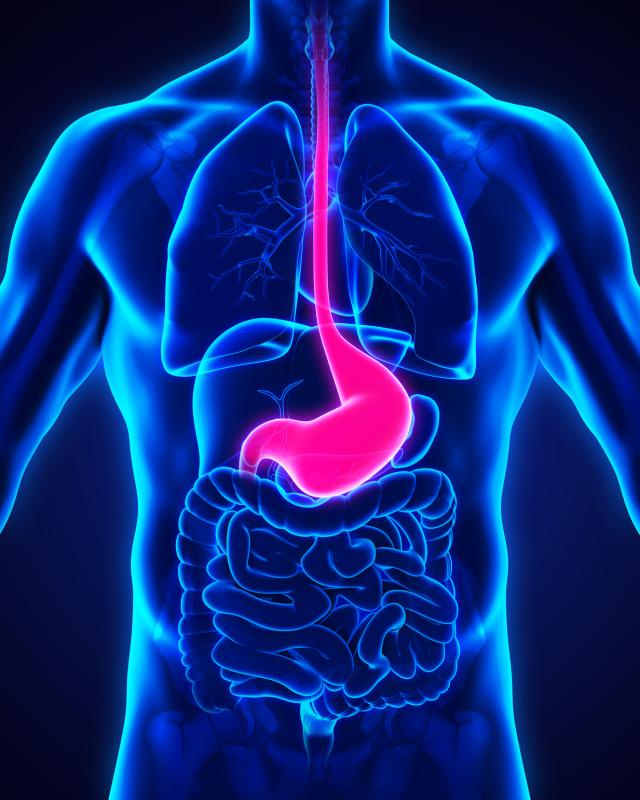
Novel haemostatic powders are easy to use and appear to be effective for the management of upper gastrointestinal bleeding, reports a recent meta-analysis.
Accessing the databases of Pubmed, Embase, Google Scholar and the Cochrane Library, researchers retrieved 24 studies eligible for analysis. For inclusion, studies had to have reported on haemostatic success or rebleeding rate; case reports, animal studies and nonendoscopic investigations were excluded.
Overall, 1,063 patients with gastrointestinal bleeding were assessed, 913 of whom received haemostatic powders. Almost all participants (95.3 percent) achieved immediate haemostasis, with only moderate evidence of heterogeneity.
Disaggregation according to treatment strategy did not meaningfully change the results. Monotherapy had an immediate haemostasis rate of 94.4 percent. This improved slightly to 96 percent when combined with endoscopic procedures. Rates were also comparable between the two haemostatic agents analysed (Hemospray vs EndoClot: 95.8 percent vs 91.2 percent).
The aetiology and type of upper gastrointestinal bleeding likewise had no significant effect on the immediate haemostasis rate.
All-cause mortality rate was 7.6 percent, mostly occurring within 1 month of the treatment; bleeding-related mortality was 1.4 percent. Heterogeneity of evidence for all-cause mortality was large, though this was mostly driven by the variety of causes of death considered.
“To the best of our knowledge, the current manuscript represents the first meta-analysis in the field and the first attempt to systematically compare haemostatic powders with conventional endoscopic treatments,” said researchers.